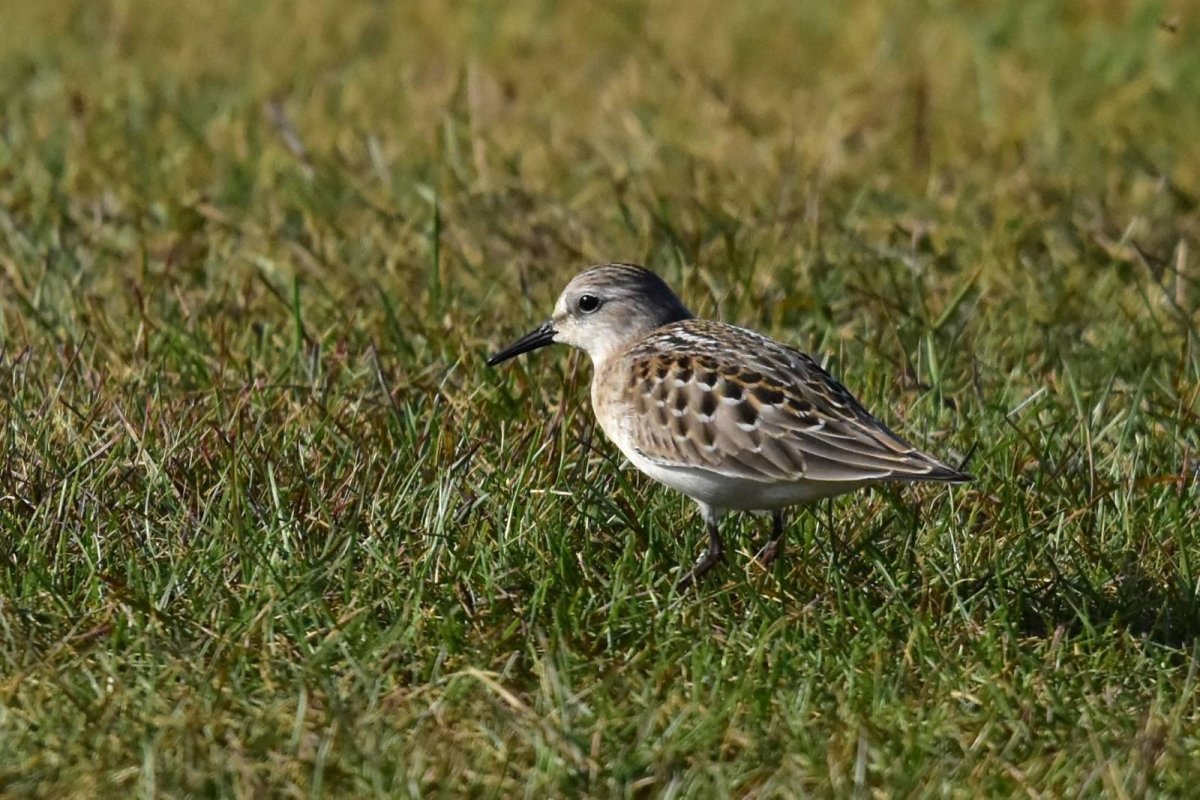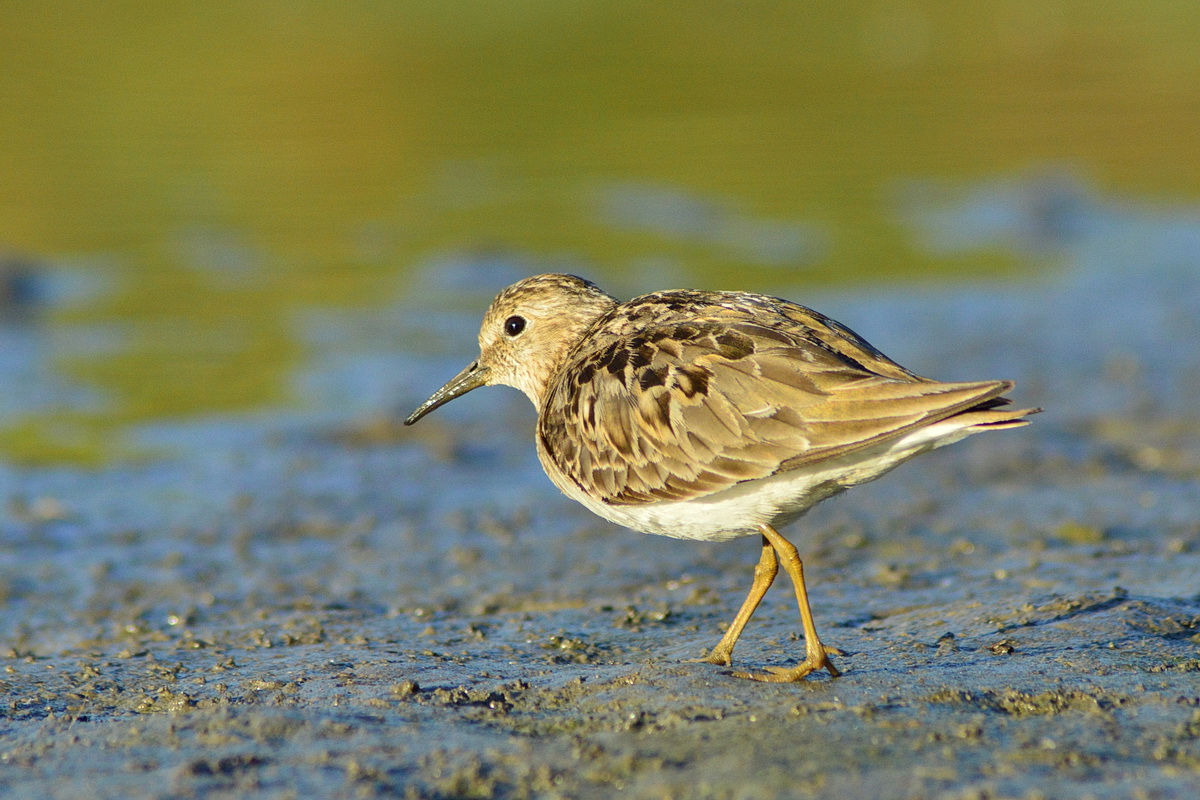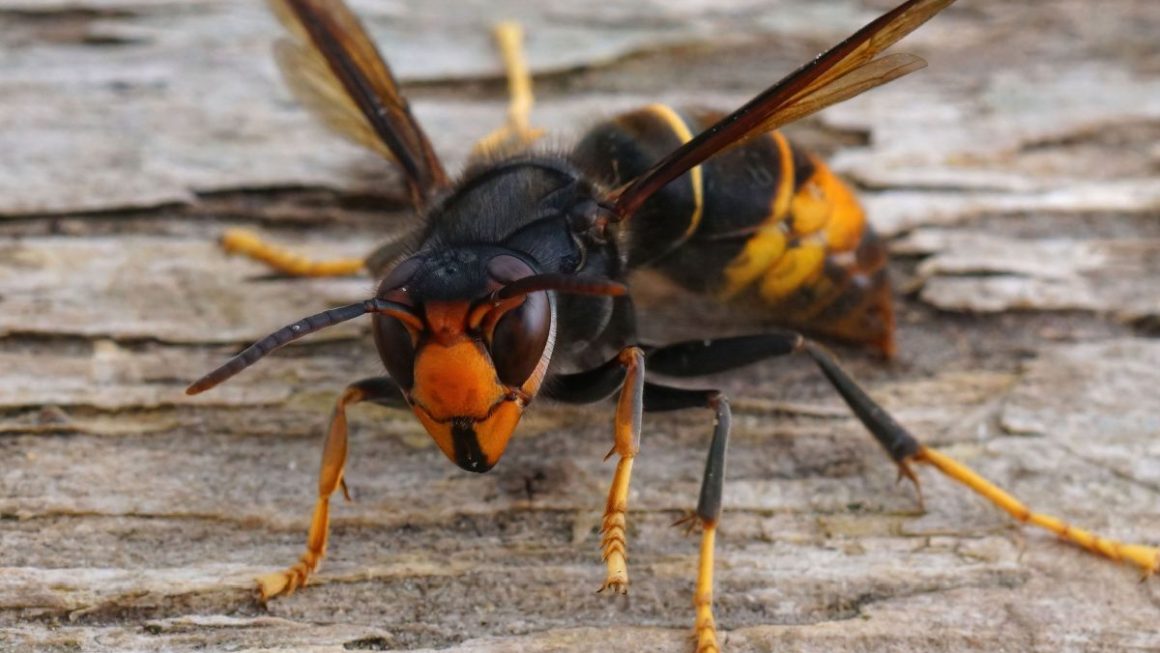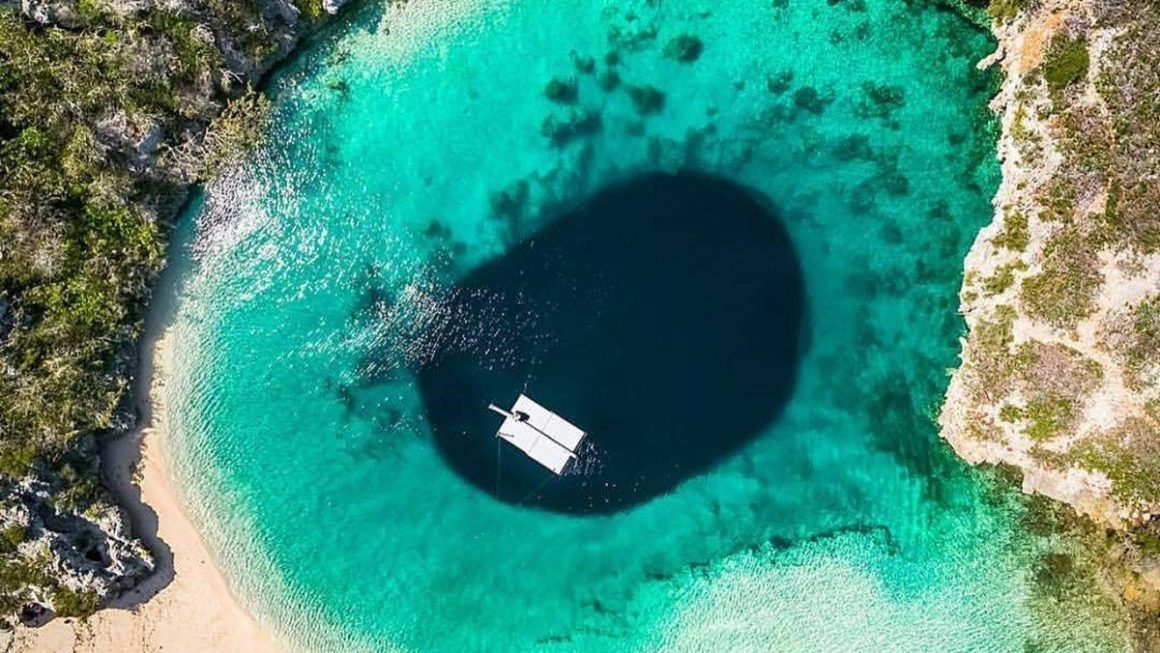The reintroduction of piping plovers is transforming the future of coastal environments in the Great Lakes, preserving vulnerable ecosystems and promoting collaboration between scientists, local communities and large-scale conservation organisations
The record achieved in the Great Lakes reinforces the importance of collective action for environmental conservation and the preservation of coastal ecosystems.
The piping plover, a shorebird in danger of extinction, reached an all-time high in the Great Lakes region with 88 breeding pairs recorded last summer.
This achievement, the result of more than 30 years of joint work, reinforces the preservation of beaches and biodiversity, according to University of Michigan News.
The recovery of the piping plover, which was on the brink of extinction in the 1980s, is considered a success story in environmental conservation and a driving force in the defence of coastal ecosystems.
A small and discreet bird, the piping plover depends on wild beaches for its survival and has become an indicator of environmental health in the region.
Recovery and expansion of the species
In 1990, the population of this bird in the Great Lakes was reduced to between 12 and 17 pairs, all of which were then in Michigan. Today, it has recolonised beaches in Wisconsin, Illinois, Ohio, Pennsylvania, New York and Ontario, Canada.
This progress is the result of a recovery programme led by the University of Michigan Biological Station, Potter Park Zoo, Detroit Zoological Society, University of Minnesota, and the U.S. Fish and Wildlife Service.
‘It’s rewarding to be part of a conservation story that is also a Michigan story,’ said Sarah Foote, programme leader at Potter Park Zoo, who has 15 summers of experience at the biological station.
Foote highlighted the importance of rescuing birds that would die without intervention.
The return of the piping plover to former nesting areas demonstrates the positive impact of habitat restoration and constant monitoring.
The presence of the piping plover on strategic beaches prevented urbanisation and excessive development, according to Francie Cuthbert, professor emeritus at the University of Minnesota.
Thanks to legal protection, these areas were preserved as wild beaches, which benefits other rare species and the human communities that enjoy these natural environments.
Aimée Classen, director of the University of Michigan Biological Station, emphasised: ‘We are seeing a global decline in biodiversity, and this programme helps to slow that loss. Eighty-eight breeding pairs are a sign of the success achieved.’
Cooperation between scientific institutions, zoos, and state agencies allowed for the implementation of innovative strategies to increase the viability of the species.
Persistent threats and current challenges
Despite this success, the survival of the piping plover remains threatened. Beaches such as Sleeping Bear Dunes and North Manitou Island, where it nests, receive numerous visitors and pets, which can interfere with reproduction.
In addition, predators such as coyotes, skunks, gulls and birds of prey cause up to 28% of nests to be lost each season, either through the death of a parent or flooding. ‘Recovering the population is a very slow process. There are many threats that prevent further growth,’ Cuthbert warned.
The breeding and release strategy involves dozens of scientists, volunteers, tribes and government agencies from six states and Ontario. When a nest is abandoned, the eggs are transferred, with federal authorisation, to the Piping Plover Captive Rearing Centre, managed by the Detroit Zoological Society, the University of Minnesota and the U.S. Fish and Wildlife Service. There, the chicks, incubated and raised by specialists and zookeepers who rotate in two-week shifts, are prepared in facilities next to Douglas Lake, where they acquire the skills necessary to survive.
Before being released, each bird receives a unique system of coloured bands for identification in the wild. Stephanie Schubel, field coordinator, highlighted the need to also protect wintering grounds, as plovers spend most of the year there.
This success coexists with new challenges posed by human pressure, predation and changes in the dynamics of the Great Lakes shoreline.

Impact on education and sustainable tourism
Since the programme began, more than 400 birds have been released, with a return rate of 25-30% for individuals raised in captivity, a figure comparable to that of chicks born in the wild. ‘That’s exceptional. Most conservation efforts don’t achieve success rates like this,’ Classen said.
The recovery of the piping plover has become a driver for environmental education and sustainable tourism in the region. The presence of this bird not only reflects the health of coastal ecosystems, but also sparks interest in nature among residents and visitors. ‘Plovers are a symbol of the Great Lakes coastline; where they are protected, so are other habitats and rare species,’ Cuthbert said.
Observing the piping plover in its natural environment opened up new perspectives for students, residents and caregivers, who value the importance of caring for wildlife and the ecosystems that sustain it, concluded University of Michigan News.




